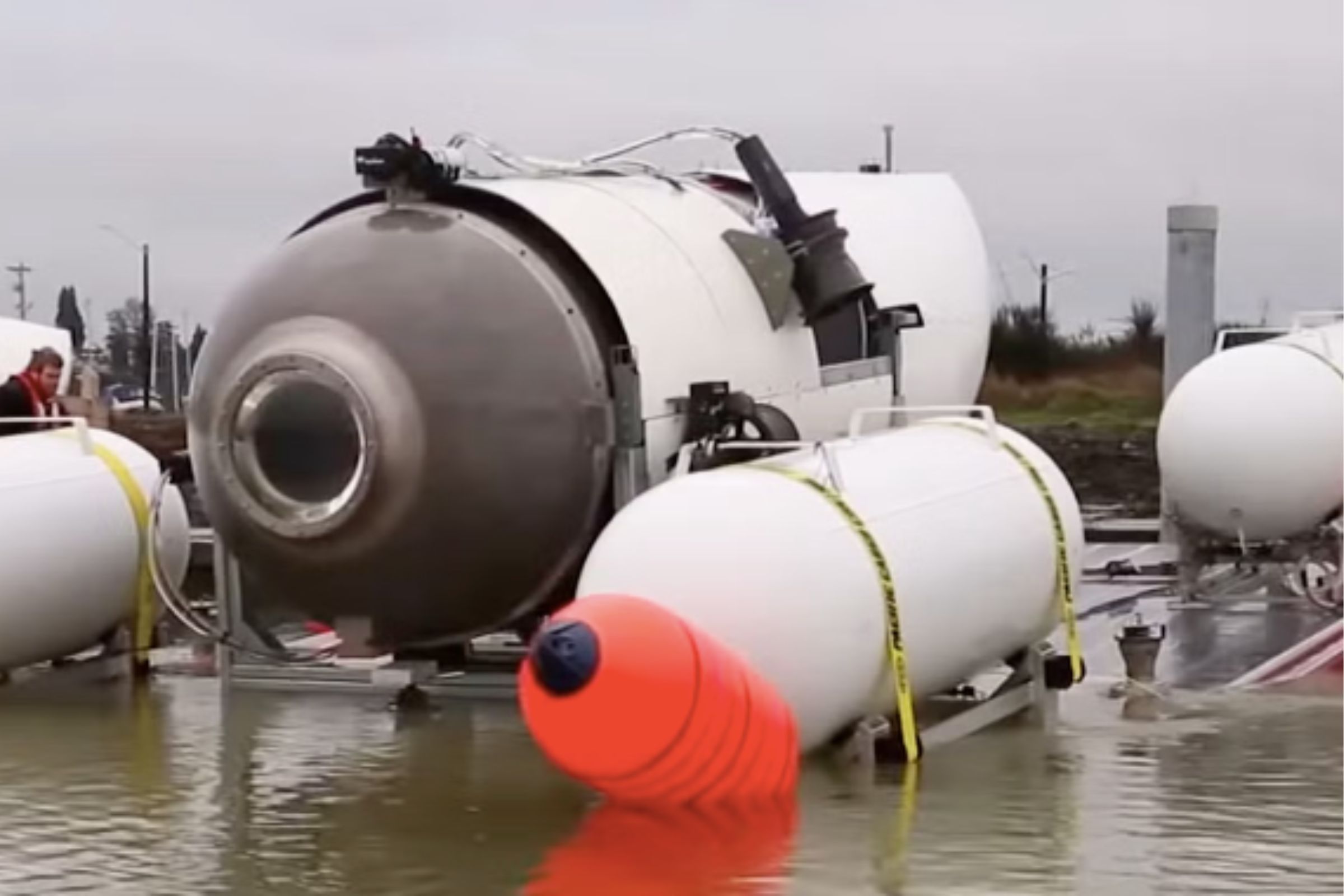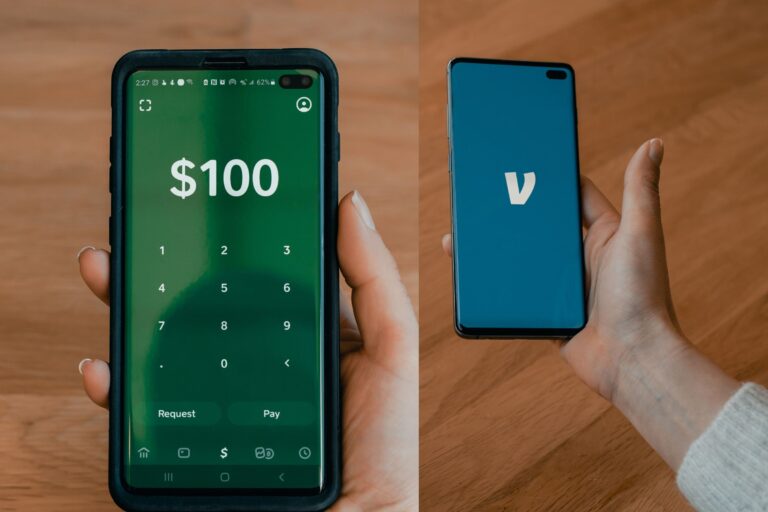Introduction:
The Tragic Titan Submarine Incident: Unveiling the Planning and Catastrophe. On June 18, 2023, a submersible called Titan, owned by a company called OceanGate that offers trips and explorations, broke apart while it was underwater. The submarine was on a mission to see the remains of the Titanic, which sank in the North Atlantic Ocean near Newfoundland, Canada in 14 – 15 April 1912. Inside the submarine were 5 people, Stockton Rush, who is the CEO of OceanGate; Paul-Henri Nargeolet, a deep-sea explorer from France who knows a lot about the Titanic; Hamish Harding, a very rich businessperson from Britain; Shahzada Dawood, who is a very rich businessperson from Pakistan and Britain; and his son Suleman.
Communication with Titan was severed after it had been underwater for 1 hour and45minutes.
Unlike submarines, which can independently launch and return to port, the submersibles require a surface vessel to transport it to the dive location and bring it back, so did it. Officials were notified when the submersible did not return to the surface as expected later in the day. No trace of the submersible had been found until Thursday morning, when wreckage was detected on the ocean floor by a remotely operated vehicle (ROV). The ROV discovered the region containing the parts of Titan, about 1600 ft from the titanic.
The search area received information from the United States Navy (USN) that their sonar had detected a sound pattern indicating an implosion at the same time when communication with the submersible was lost. This suggested that the submersible’s hull had collapsed under pressure while descending, causing the immediate deaths of all five people on board. An international team, headed by the United States Coast Guard (USCG), United States Navy (USN), and Canadian Coast Guard, conducted the search and rescue mission. The Royal Canadian Air Force and the United States Air National Guard deployed aircraft, while a Royal Canadian Navy ship, along with various commercial and research vessels, as well as remotely operated vehicles (ROVs), provided assistance in the operation.
The Ocean Gate disaster is now officially one of the worst tragedies in Expedition history How could a prestigious company with millions of dollars of backing years of scientific research and high-profile clients cause one of the deadliest Maritime disasters in history.
Background
This is what rush said in an interview “everything else can fail your thrusters can go your lights can go you’re still going to be safe” so what went wrong with this company that was praised as being at the Forefront of innovation?
The story starts with one man Ocean Gate co-founder and trust fund Daredevil Stockton Rush, He was born in San Francisco in 1962, in a privileged family, benefiting from their long-established and affluent lineage. He was the youngest among five siblings, with his father, Richard Stockton Rush, Jr., originating from Philadelphia, Pennsylvania, and his mother, Ellen Rush (formerly Davies), being a San Francisco native. Notably, his family’s historical significance lies in their connections to esteemed individuals who made notable contributions to American history.
On his mother’s side, Rush’s lineage can be traced back to his grandfather, Ralph K. Davies, a renowned philanthropist. His maternal grandmother, Louise M. Davies, was celebrated for her contributions to the arts and culture, and the prestigious Louise M. Davies Symphony Hall in San Francisco bears her name in tribute to her legacy. This familial association with philanthropy and the arts likely played a role in shaping Rush’s values and interests, influencing the trajectory of his life.
Dream comes true
This wealthy upbringing gave him plenty of time to chase his childhood dream of becoming an adventurer using his father’s connections Rush got his pilot’s license in 1980. At that time, he was just 18 years old becoming one of the world’s youngest commercial pilots, he flew chartered planes in and out of Saudi Arabia while studying aerospace engineering at Princeton he designed a high- speed ultralight aircraft and built his own plane from a kit. Russ’s addiction to pushing the limits started young and was escalated with time, Rush had a passion for becoming a fighter pilot, but due to imperfect eyesight, he did MBA in Business Administration from UC Berkeley instead.
As time passed, he developed a strong interest in space travel and reportedly dreamed of being the first person to step foot on Mars. In 2004, Rush visited the Mojave Desert, where he witnessed the launch of the inaugural privately financed spacecraft that approached the outer limits of the Earth’s atmosphere. Before getting his MBA degree, he worked as a flight test engineer for F-15.
1. How Rush Dreamt of Starting such a Large Company
Rush was a hobbyist scuba diver and after his first trip in a submarine in 2006. He became obsessed with ocean exploration he looked into purchasing a submersible but couldn’t as he discovered that there were fewer than 100 privately owned submarines worldwide not one to be sold so he constructed his own miniature submarine based on U.S Navy blueprints yet he still wasn’t satisfied his submersible that could only dive 30 feet and after failing again to find one for private purchase he had a brilliant new idea to start an underwater exploration company which would make it easier to get a submersible to his liking he saw the success of Richard Branson, Jeff Bezos, and Elon Musk in the space tourism industry and thought that he could similarly create a significant market for Oceanic tourism with that idea in mind.
2. Ocean Gate Company Startup
Rush founded Ocean Gate in 2009 with business partner and former captain in the Marines, Guillermo sunline the antipodes the initial idea for Ocean Gate was to create a small Fleet of five-person commercial Subs to be rented out for researchers or tourists their goal was to open the oceans for all of humanity their first sub was called the antipodes, a five-person vessel with a steel hull. In their first four years the company carried out over 100 Dives with antipodes to locations around the coastal U.S passengers typically paid between $7500 and $40000 per person per Excursion depending on the trip, to improve the tourist experience Rush hire expert marine biologists to come along on each dive this was a humble enough start but with his background and Daredevil designs Rush decided to push Ocean Gate past what had been relatively leisurely Joyrides.
3. Material Of Submersible
Initially they planned to make the hull out of carbon fiber, a relatively untested material in underwater design but instead acquired a cylindrical steel hull from an older sub. Ocean Gate revealed their New Creation in 2005 and moved their headquarters to a more advantageous location in
Washington state, everything was going according to plan but again Rush was not satisfied with this small progress he wanted the biggest prize in the underwater world, he wanted to explore Titanic, Titanic’s wreck sits on the ocean floor some 4000 meters or 13000 feet below the surface of the ocean that’s almost five times the height of the world’s tallest building the Burj Khalifa only a handful of specialized vessels exists that can reach those depths where pressure is 400 atm that is 400 times greater than at sea level (1 atm) that means six thousand pounds of pressure per square inch which is enormous, enough to instantaneously crush any unprotected human.
4. Bargain in Material
Rush wanted to do what those subs could do but at a fraction of the cost, the work started on Ocean Gate’s second sub the Tyson but the engineering path to the bottom of the ocean proved difficult and was full of warning signs the first such sign visible to the public came in 2018. Russia had hired a whole team of Engineers to design this titanic-bound sub with him and in 2018 he fired David Lockridge a pilot and director of marine operations for Ocean Gate at the time Lockridge then sued the company saying he had been fired for being a whistleblower and raising safety concerns.
The part where the passengers sit is made from carbon fiber with titanium caps at each, carbon fiber is used in airplanes and Yachts but not for deep sea vessels David Lockridge repeatedly said that more testing was needed and alleged that he was not the only employee who feared the safety of the vessel. In 2018 he was granted a meeting with rush and his team at the meeting Lockridge discovered why he had been denied access to the viewport information from the engineering department the Viewpoint at the forward of the submersible was, that the submersible was only Built to a handle certified pressure of 1300 meters although Ocean Gate intended to take passengers down to depths of 4000 meters Ocean Gate refused to pay for the manufacturer to build a viewport that would meet the required depth.
5. Unsafe Design of Submersible
Clearly there were issues with the submersible that Rush knew about so let’s look at the overall design of the Titan Ocean Gates website claimed that the Titan was proven to be a safe and comfortable vessel that could withstand the enormous pressures of the deep ocean, but the facts say otherwise, the
first problem with the Titan was the carbon fiber design, this material was chosen because it was lightweight and less expensive than the tried and true Metals that traditionally used to make submarines like carbon steel which the U.S Navy uses while carbon steel has long been used within the Aerospace industry but it has not been proven to repeatedly withstand the 6000 lb/in of deep sea pressure at the wreck of the Titanic. The carbon fiber design had never been used or tested in this way before and one crack or imperfection in the hull could Doom the whole ship.
According To Rush
Rush knew and he said “I’d like to be remembered as an innovator. I’ve broken some rules to make this. I think I’ve broken them with logic and good engineering behind me”. Dives inspections X-rays and ultrasounds could have proved over time. how resistant the carbon fiber was. But Rush wasn’t interested in waiting around to see how resistant it is. The second glaring issue with the sub is, not as widely discussed the fact that it is cylindrical. When it comes to deep sea exploration. Most Subs are actually spherical because that shape provides a more even distribution of pressure. You can look at the submersible that James Cameron took down to the bottom of the ocean.
Ocean Gate admitted
Ocean Gate admitted that the Titan wasn’t classed by an independent group that sets safety standards, as most charted vessels are because its technology was so new, and the company’s Innovation Falls outside of the existing industry Paradigm.
It was very clear that Ocean Gate was operating a submersible that was unsafe. They had been warned on multiple occasions but they went ahead anyway. It wasn’t the first time the sub had attempted to reach the Titanic. But twice previously the Titan had gone down to the ocean floor. Both trips had been successes and with tickets going at $250,000. It’s no surprise they wanted these visits to continue. But as mentioned earlier carbon fiber was unproven perhaps. It could withstand one or two trips under so much pressure. But what about three or four without the proper testing. Rush chose to bypass there was no way to tell exactly. How long the sub could last the fact. There were so many parts of the sub that were cheaply made to avoid costs. Rush wanted the ship to be as simple as possible.
6. Warnings
An experimental approach adopted by ocean Gates. According to the experiment the submersible could result in negative outcomes from minor to catastrophic. But Rush would not budge.
Before this, there had never been a deep-sea submersible, that had broken apart. However, experts like McCallum and Lahey had been warning. About the design problems of the OceanGate submersible for more than five years. They had filed complaints with the U.S. government and OceanGate itself. They had tried to convince Rush, the CEO, to give up on his plans. Sadly, after the death of Nargeolet and the other passengers. They decided to reveal that OceanGate had a history of knowingly making poor designs and constructions. McCallum had told Rush that you can’t take shortcuts. When it comes to exploring the deep ocean because the laws of physics cannot be ignored.
Mike Reiss, a writer and producer for “The Simpsons”. Went on the same expedition to the Titanic with Ocean Gate Expeditions last year. He shared that during his four dives with the company. Including one to the Titanic and three off the coast of New York City. Communication was consistently lost, even if only temporarily. Reiss believes this is a common occurrence and not necessarily the fault of the submarine itself. He thinks it is more a result of the challenges posed by deep water. Where communication tends to be unreliable but eventually restored.
The Dive
Friday June 16th the plan for Titan’s third trip was simple enough. But they immediately ran into trouble the ship carrying. The sub set out from Sir John’s in Newfoundland Canada on June 16 2023. The weather was terrible, British billionaire Hamish Harding posted on his Facebook. The next day “due to the worst winter in Newfoundland in 40 years. This mission is likely to be the first. Only manned mission to the Titanic in 2023 a weather window has just opened up. We’re going to attempt a dive tomorrow. More expedition updates to follow if the weather holds” this was Harding’s last post.
18th June
On Sunday June 18th at 4 a.m. The sub was supposed to start its descent to take advantage of the perfect conditions. The U.S Coast Guard reported. That it did not start until four hours later at 8am but nobody is quite sure why. Initially everything seemed to be going fine for the two-hour descent down to the Titanic.
But at around 9 45 a.m the communication system. And the tracking system between the sub and the surface cut off. The communication had gone down before. No alarm Bells were ringing yet at almost 3500 feet below the surface a different story was unfolding.
19th june
On Monday 19th June 2023, the US Coast Guard initiated a search for the submersible. At that time, officials estimated that if the submersible was still intact. It would have approximately 70 to 96 hours of oxygen remaining, lasting until Thursday at the latest.
However, no indications of the submersible’s whereabouts were found until Thursday morning. At that time, debris was detected on the ocean floor by a remotely operated vehicle.
After the deadline for oxygen ran out. Anyway officials confirmed the finding of a debris field of the Titan the sub had imploded on its Journey Down. Officials confirmed that everyone inside had died instantaneously. There was no hope of recovering bodies. On June 28th pieces from the wreckage were brought to the surface for the first time giving insight into the tragedy. As of now it is hard to say just what exactly went wrong with the submarine. There is a whole laundry list of items to choose from. Whether it was the weakened carbon fiber Hull. The underrated port, the other bargain store components it’s hard to say for sure.


